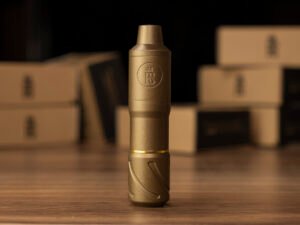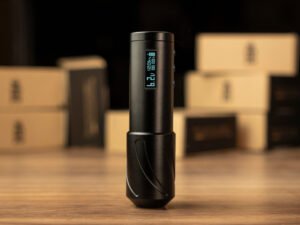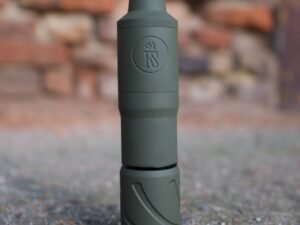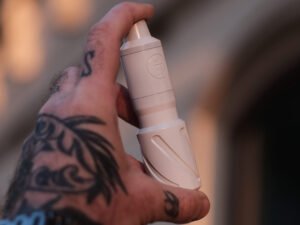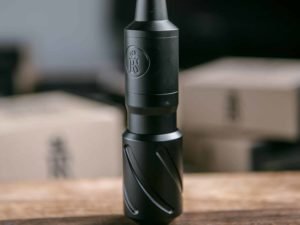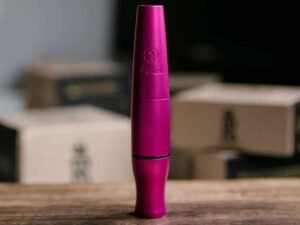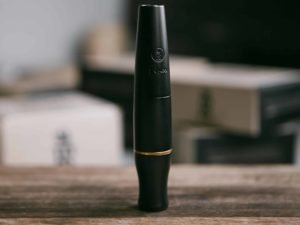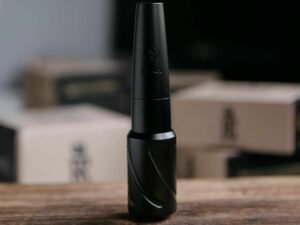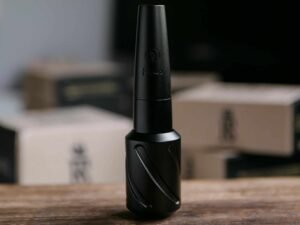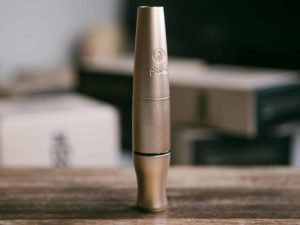tattoo pen
PEN MACHINES AND TATTOOISTS
Tattoos have always been multi-functional. Tribal markings and individual identification apart, it has slowly and almost unobtrusively ventured into more adventurous social milieus. In time, the modern outlook gained ground around the civilized world, until traditional tattooing almost became outdated and considered disreputable. But a strange surge has come about in the popularity of Tattooing, with an upturn in the fortunes of Tattoo Artists and Shops. Everywhere in the City, Township or even village, in centres and shady neighborhoods alike, swarms of young Generation X fashionistas are crowding into buzzing Tattoo Shops, to express themselves on the live human skins of their own bodies. The advent of the Pen Tattoo Machines has completely changed the face of Tattoos.
Historical Antecedents
Tattoos have been around a long time, at least from over 3000 B.C. The earliest known tools were bone chisels hammered by the Maoris of New Zealand directly onto the skin(and flesh) of their valiant soldiers. Polynesian tattoos had two Tattooists working in tandem. While the Master used a tool like a rake to hold the ink and a hammer, his assistant was charged with holding the skin of the victim tight, to damp out any vibration. Sounds horrifying, doesn’t it? The tools used before the advent of pen tattoo machines were as varied as they were startling. Pelican bones, sharks teeth, and rose thorns were used to inject inks and pigments into perforations in the skin to create some spectacular artwork. This used quill-like bamboo needles which were split down the middle to store and inject ink and were six to twelve inches in length. The first mechanized Tattoo Machine came only in the late Nineteenth Century. Both the dominant types of Pen Machines were invented within 20 days of each other and completely revolutionized the field. In 1891, first Samuel O’Reilly in America invented the Rotary Pen Machine, which was a sophisticated device that used a small electrical motor to produce an oscillating motion with a cam-driven armature bar to produce the up and down movement necessary for continuous skin puncturing and inking. This followed Edison’s Stencil Pen duplicating machine. Then Thomas Riley of London struck upon the idea of the Coil Machine, using the electromagnetic attraction of a single-coil Calling Bell assembly. Soon, this was bettered by a Dual Coil Machine patented by Alfred Charles South, and this sound and stable engineering principle drive the Coil Machines of today.
Selection
The Coil machine, with its trip hammer action, duplicates the traditional methods used till the entrance of the machines. The now-famous buzzing sound heard around Tattoo Shops around the world is a product of this machine. But though it is still very much the preferred weapon of Traditionalists, it is still quite heavy. Of course, it has always been heavy since the early days and required sturdy shoulders and powerful wrists and fingers to operate. In the days of yore, this machine had to be strung up from the ceiling through springs to spare the Artists, though modern materials and top designing has reduced the load by a big margin. But the main problem is that this machine needs different versions for each of the modern tattoo functions. There is a separate machine for Lining, another for Shading, and still a third for Color Packing. Whereas all these functions can be performed on a single Rotary Machine, with some simple adjustments. This, when combined with its lightweight and low vibration, makes this machine ideal for all-weather use. Experienced Artists no longer depend only on the neo-traditional and clumsy Coil machines, but are also stocking up on Rotary Machines and accessories.
Other Options
Other Options have also started shaking the Market. The best of these is the Pneumatic Machine, which uses compressed air to power the Pen instead of electrical power. This not only makes the Pen much easier to handle, but is also safer, and achieve the same results with less vibration and noise, though more than the Rotary machines. It is a new entrant, invented and designed by Carson Hill, and has appeared over a hundred years after the first two types, to pose a real challenge at last.
The Best
The following eight machines have been listed among the best in Tattoo Machine for 2020:
- Dragonhawk Atom.
- Dragonhawk Mast.
- Dragonhawk Essence.
- BIG WASP.
- Eclipse tattoo machine
- Solong Tattoo.
- Cheyenne Hawk.
The best Tattoo machines for Beginners for 2020 are said to be as below:
- FK Irons.
- Dragonhawk Tattoo Kit.
- Bishop Rotary Tattoo Machine.
- Dragonhawk Mast Pen.
- Dragonfly Tattoo Machine.
- Hummingbird Rotary V1.
- Dragonhawk Extreme X2.
- Dragonhawk Space Aetbetterlife Pro.
- Danny Robinson’s.
The Future
The Future now seems to be very bright for Tattoos, given the rapid advancement, growing comfort, safety and speed of carrying out modern tattoos.
